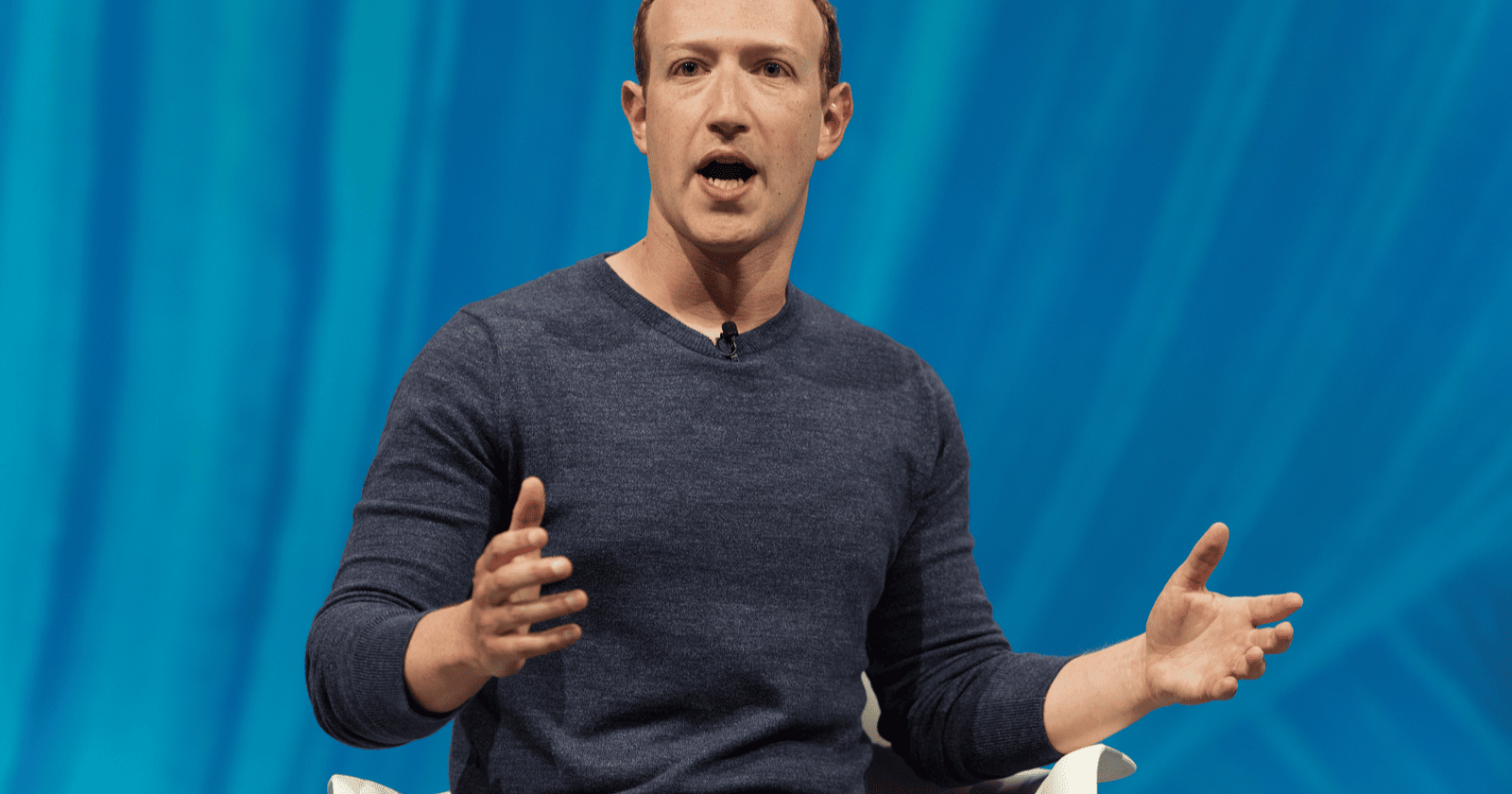What started in a college dorm is set to transcend the physical world, as a new direction for Facebook begins today with an unexpected name change.
The company formerly known as Facebook is now called Meta, CEO Mark Zuckerberg announces today.
Why did Facebook change its name?
Zuckerberg has ambitious goals to change what people think is possible with social media.
Giving the company a new name reinforces that Facebook as we knew it is getting a face-lift of sorts.
Where Facebook laid the foundation for connecting people via photos, videos, and text— Meta aims to add a new dimension to the experience.
Advertisement
Continue Reading Below
“Meta” is derived from the word “metaverse,” which refers to an immersive 3D environment where multiple people can share the same virtual space.
Zuckerberg explains his unique vision of it:
“The defining quality of the metaverse will be a feeling of presence — like you are right there with another person or in another place. Feeling truly present with another person is the ultimate dream of social technology. That is why we are focused on building this.
In the metaverse, you’ll be able to do almost anything you can imagine — get together with friends and family, work, learn, play, shop, create — as well as completely new experiences that don’t really fit how we think about computers or phones today.”
Advertisement
Continue Reading Below
He goes on to describe a potential use case that sounds completely alien to how we use technology today.
In Zuckerberg’s metaverse users log in with VR helmets and engage with each other as holograms.
The virtual world they connect to is designed to resemble real life.
Coworkers can log into the metaverse and get together for a meeting, for example. It will feel like they’re all together in the same room even if they’re countries apart.
Perhaps a more fun example of what’s possible in the metaverse— think about concerts where attendance isn’t restricted by a person’s physical location.
You could see your favourite artist with a friend in another state without either of you having to travel.
Zuckerberg continues:
“In this future, you will be able to teleport instantly as a hologram to be at the office without a commute, at a concert with friends, or in your parents’ living room to catch up. This will open up more opportunity no matter where you live. You’ll be able to spend more time on what matters to you, cut down time in traffic, and reduce your carbon footprint.”
Will any of these experiences be an adequate substitute to real life? Will people want to use technology in this way?
Advertisement
Continue Reading Below
Zuckerberg is convinced that the answer is yes. However, he’s not getting rid of existing platforms.
Here’s what’s next for Facebook and Meta.
What Happens Now That Facebook Changed Its Name?
Going forward, the Facebook suite of apps will belong to a separate devision of the company. Another division will be created for all work on future platforms.
The existing apps are now second in priority, as Zuckerberg declares his company is “metaverse-first.”
“From now on, we will be metaverse-first, not Facebook-first. That means that over time you won’t need a Facebook account to use our other services. As our new brand starts showing up in our products, I hope people around the world come to know the Meta brand and the future we stand for.”
Advertisement
Continue Reading Below
There’s no indication that Facebook as a product is going anywhere.
Businesses and marketers can breathe a collective sigh of relief as there will be no disruption to services currently in use.
The company’s metaverse-related services will be something to use in addition to Facebook, Instagram, and WhatsApp.
With that said, there’s no obligation to enter the metaverse if that’s not something you’re ready to learn about just yet.
Zuckerberg is pushing his metaverse vision quite hard, but I doubt that joining it will suddenly become a requirement to use the company’s other services.
Advertisement
Continue Reading Below
Time will tell if the world shares his enthusiasm for this project.
Featured Image: Frederic Legrand – COMEO/Shutterstock
